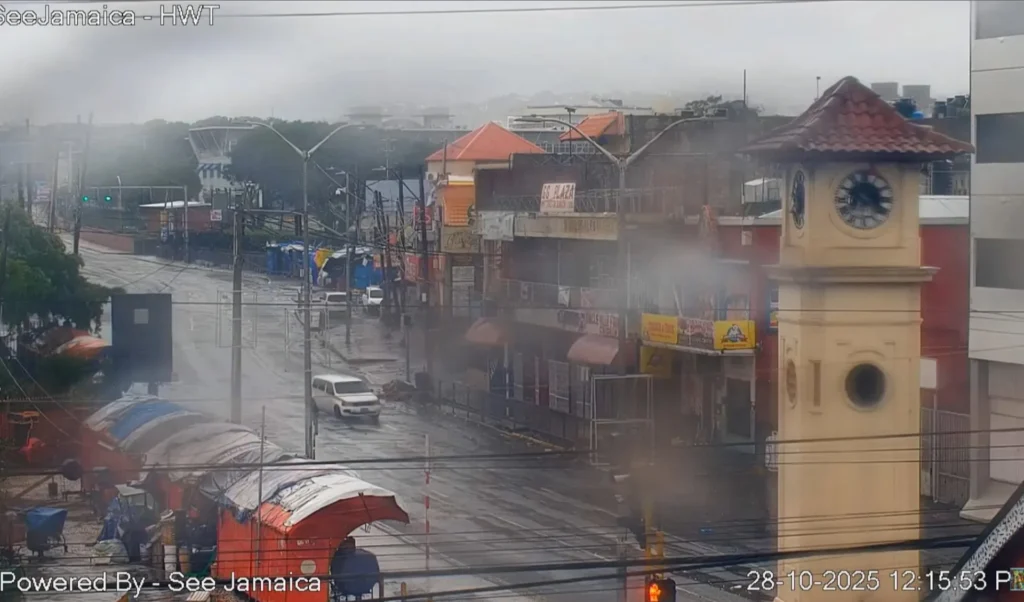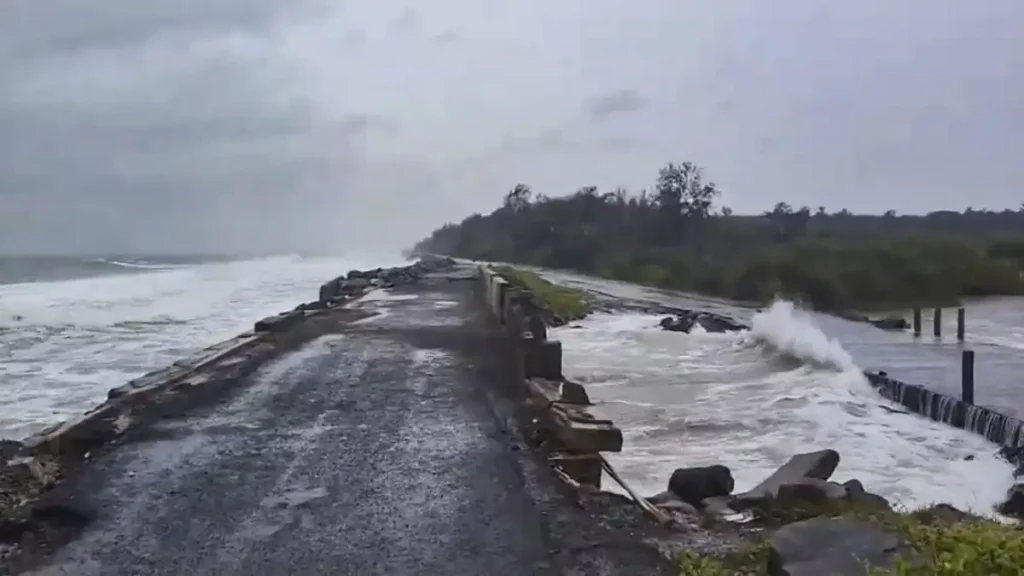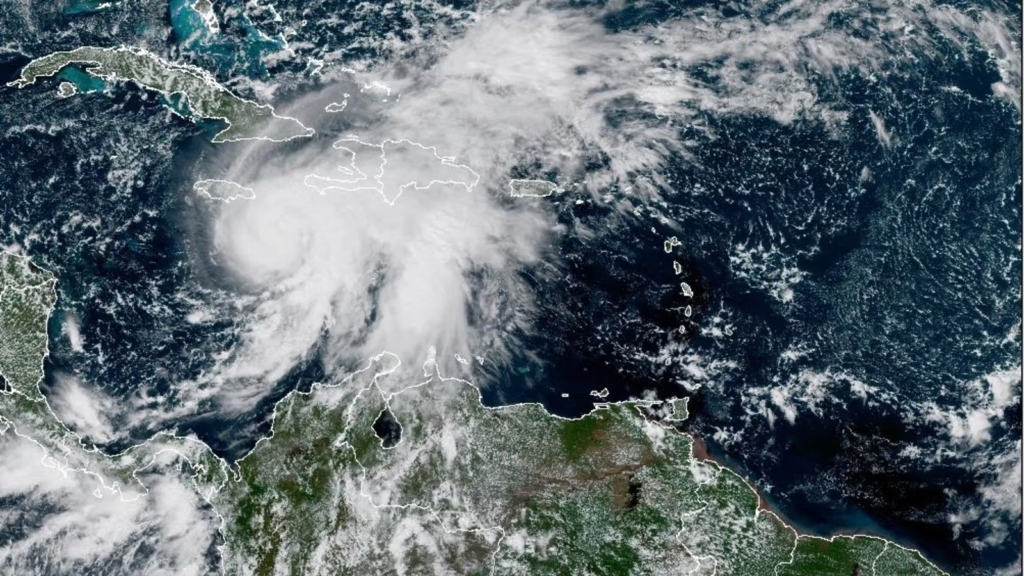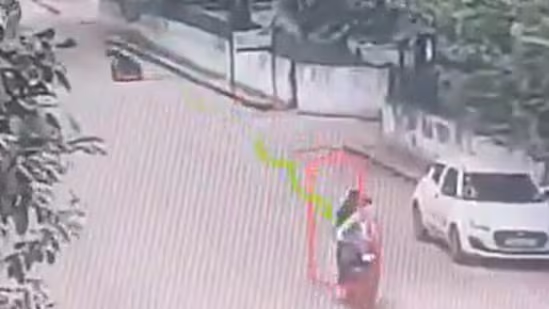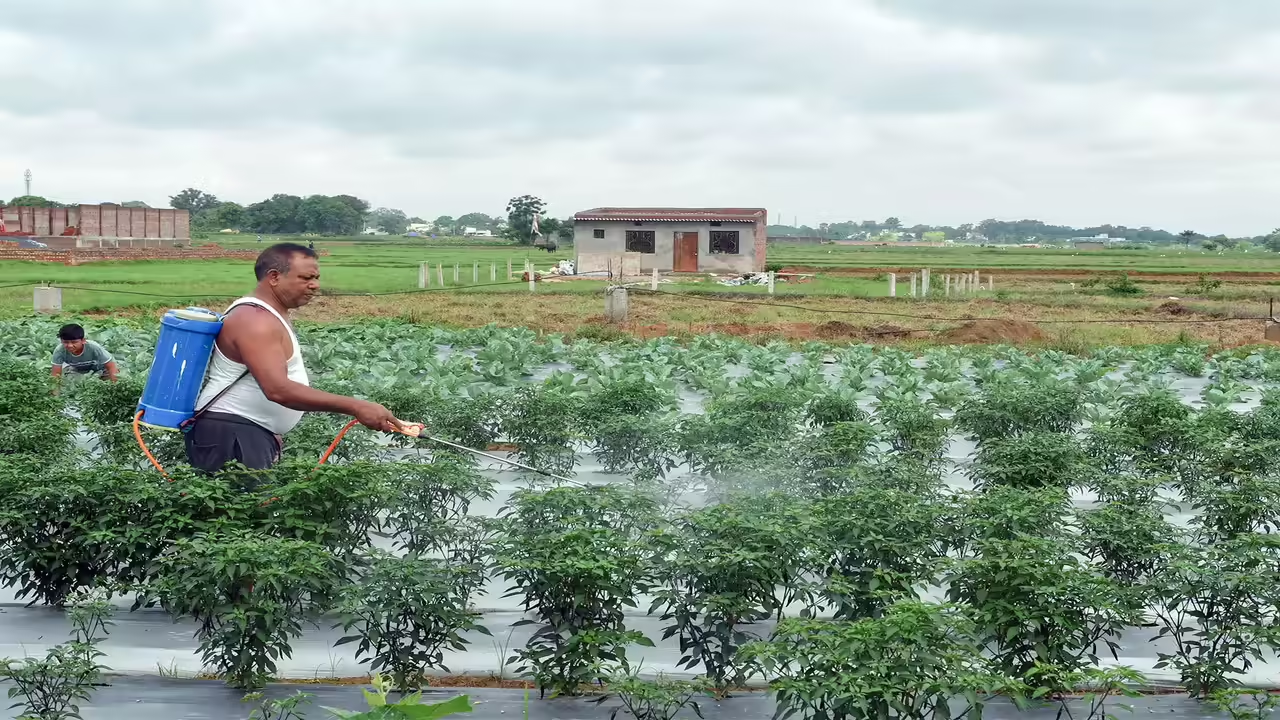Now Reading: When Making It Rain Doesn’t Quench the Smog: Why Delhi’s Artificial Rain Drive Faces Tough Questions
-
01
When Making It Rain Doesn’t Quench the Smog: Why Delhi’s Artificial Rain Drive Faces Tough Questions
When Making It Rain Doesn’t Quench the Smog: Why Delhi’s Artificial Rain Drive Faces Tough Questions
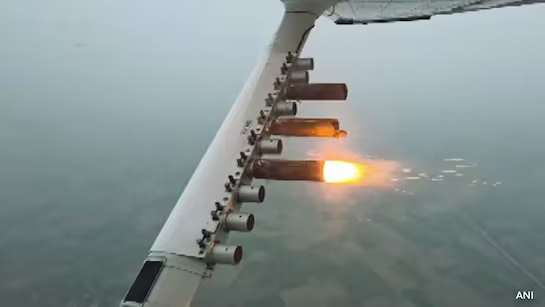
Delhi’s latest experiment with cloud-seeding to trigger artificial rain has stirred up debate. What was hoped to be a quick fix for the capital’s recurring pollution crisis now raises doubts over cost, timing and long-term value. For cities beyond the metros, this episode offers important lessons about tackling air-quality issues with science and strategy.
What was the plan and why it caught attention
The Delhi government launched a cloud-seeding initiative with the aim of forcing rainfall to wash out fine-particulate pollution during harsh winter smog periods. The project cost crores and involved multiple aircraft sorties dispersing substances into clouds above the city. The logic was simple: induce rainfall, reduce particulate matter, improve air quality.
Why experts are sceptical
For one, natural moisture and favourable cloud conditions are critical for cloud seeding to work—and in Delhi during winter, clouds are often thin, skies are dry and weather systems weak. Without the right conditions, rainfall induced is minimal and temporary. What this means in smaller cities is that even if the method is deployed, the outcome may be negligible.
Another concern is cost-effectiveness. The amounts being spent on these trials are significant yet the benefit appears fleeting. Air pollution sources—vehicles, industry, crop burning, dust—remain active. Rain, whether natural or induced, may remove some pollutants momentarily but it doesn’t stop emissions. Cities, especially Tier 2 ones with tighter budgets, must ask whether repeating such expensive experiments is wise when alternatives exist.
Implications for Tier 2 and Tier 3 cities
Smaller cities face air-quality problems too—but often with fewer resources and less infrastructure. The Delhi case shows that replicating high-cost weather interventions may not be the best first step. Instead, cities can focus on reducing local emission sources, improving monitoring, investing in clean public transport and raising awareness. If an artificial-rain drive is contemplated, it should be part of a broader strategy, not the main plank.
What comes next and where the focus should be
Authorities involved in the experiment say further trials are planned and data is being collected. For policymakers the key question is: how much lasting impact will this intervention have? It’s important to shift focus from one-off fixes to structural change. That means targeting emission sources, upgrading monitoring systems, adopting cleaner fuels and enforcing existing rules.
Conclusion
Delhi’s cloud-seeding experiment is ambitious and well-intentioned, but it underlines the limits of technical fixes when underlying problems remain unaddressed. For Indian cities of all sizes, the takeaway is clear: air-quality improvement demands sustained effort on the ground, not just rain-by-remote-control. Only then can the sky truly clear for good.








